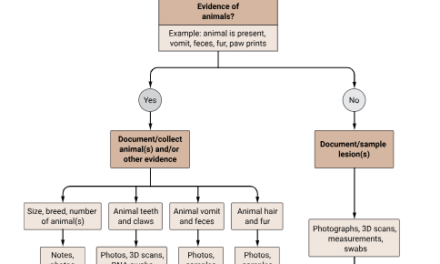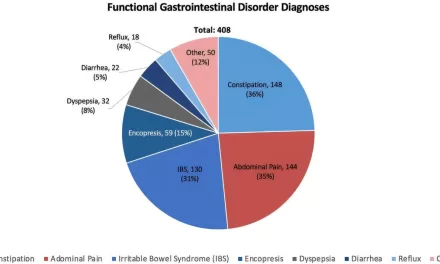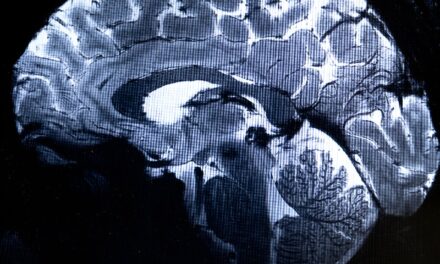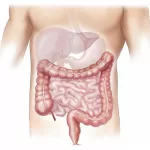A groundbreaking new analysis of long COVID patients has identified five distinct subtypes, offering doctors a more precise way to diagnose and manage the condition. Researchers from the National Institutes of Health’s RECOVER COVID Initiative developed the five-type index using data from 14,000 long COVID patients, with an additional 4,000 cases added to the updated 2024 index.
By utilizing this index, healthcare professionals can better understand long COVID, which has remained a challenge due to the lack of standardized definitions and treatments. The index categorizes patients based on symptom prevalence and severity, helping physicians offer targeted care and guiding future research into potential treatments.
Understanding the Five Subtypes
The index identifies 44 common long COVID symptoms and categorizes them into five subtypes, each representing varying degrees of impact on quality of life and health.
Subtype 1: Mild Symptoms, Limited Quality of Life Impact
Patients in this category experience a relatively mild form of long COVID, with the most common symptom being a change in smell or taste (100% of subtype 1 patients). Other symptoms include fatigue (66%), postexertional malaise (53%), and postexertional soreness (55%). Only 21% reported a poor or fair quality of life.
Subtype 2: Moderate Symptoms with Chronic Cough
A notable increase in severity is observed in subtype 2, where postexertional malaise (94%), fatigue (81%), and chronic cough (100%) are prevalent. About 25% of patients in this group reported a poor or fair quality of life. Experts highlight that postexertional malaise is a hallmark symptom that distinguishes long COVID from postinfectious fatigue.
Subtype 3: Neurological and Fatigue Symptoms
Approximately 37% of patients in this category reported a poor or fair quality of life. Brain fog (100%), fatigue (92%), postexertional soreness (82%), and dizziness (70%) were among the dominant symptoms. This subtype shares similarities with postural orthostatic tachycardia syndrome (POTS), a condition that affects blood circulation and can lead to palpitations and fainting.
Subtype 4: Cardiovascular and Gastrointestinal Symptoms
Patients in this category reported higher levels of dizziness (71%), brain fog (65%), and palpitations (92%). Additionally, 60% experienced gastrointestinal issues, and 36% had fever, sweats, and chills. Around 40% of those in subtype 4 reported a poor or fair quality of life.
Subtype 5: Severe Multisystem Symptoms
This is the most severe subtype, with 66% of patients reporting a poor or fair quality of life. The most common symptoms included shortness of breath (99%), postexertional soreness (98%), dizziness (94%), postexertional malaise (92%), gastrointestinal issues (80%), weakness (78%), and chest pain (69%).
This group had a higher proportion of unvaccinated individuals and those infected before the Omicron variant. Researchers suggest that the Delta variant may be associated with more severe long COVID symptoms, though further studies are needed to confirm this link.
Long COVID Recovery Outlook
Experts estimate that around 17 million Americans currently suffer from long COVID. While 90% to 100% of patients typically recover within three years, approximately 5% experience persistent symptoms beyond this period. The most commonly reported symptoms across subtypes include fatigue, brain fog, anosmia or dysgeusia (loss of smell or taste), and sleep disorders.
Dr. Lisa Sanders, medical director of Yale’s Long COVID Multidisciplinary Care Center, emphasized that proper diagnosis and management can improve patient outcomes. “Long COVID remains a complex condition, but this index is a step toward better understanding and treatment.”
Disclaimer
This article is based on research findings from the National Institutes of Health’s RECOVER COVID Initiative and is intended for informational purposes only. Readers should consult healthcare professionals for medical advice regarding long COVID or any related health concerns.











